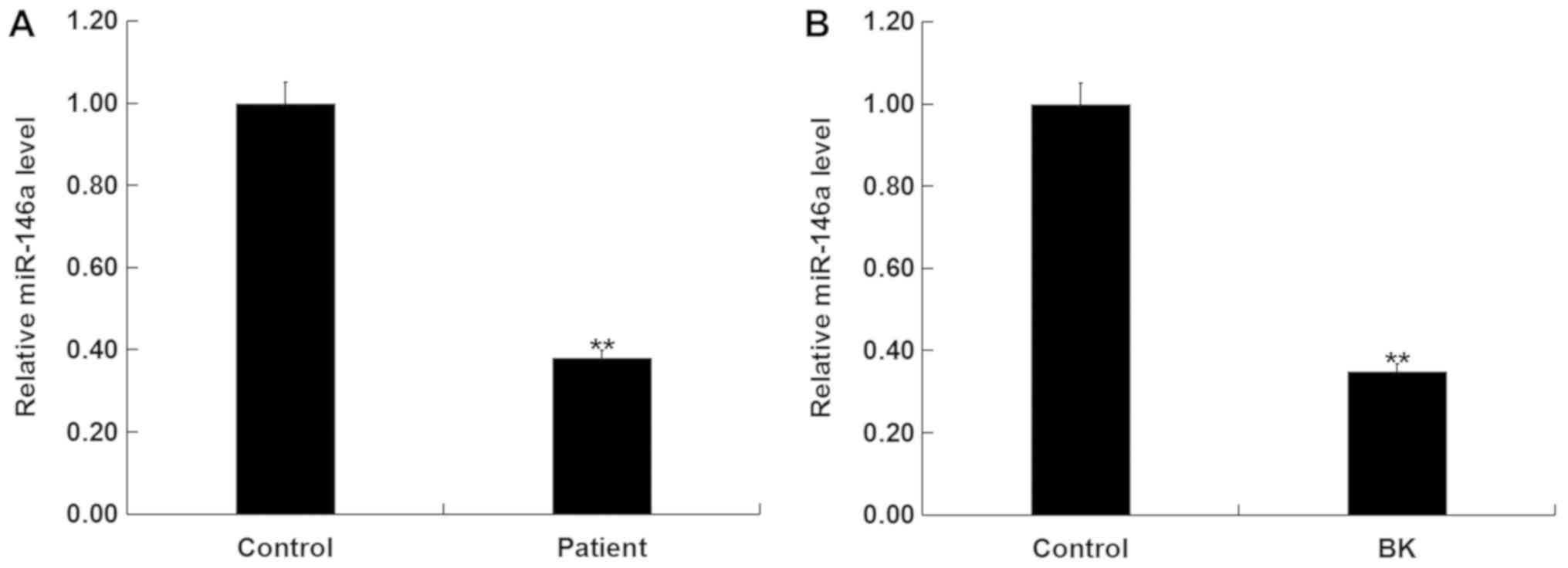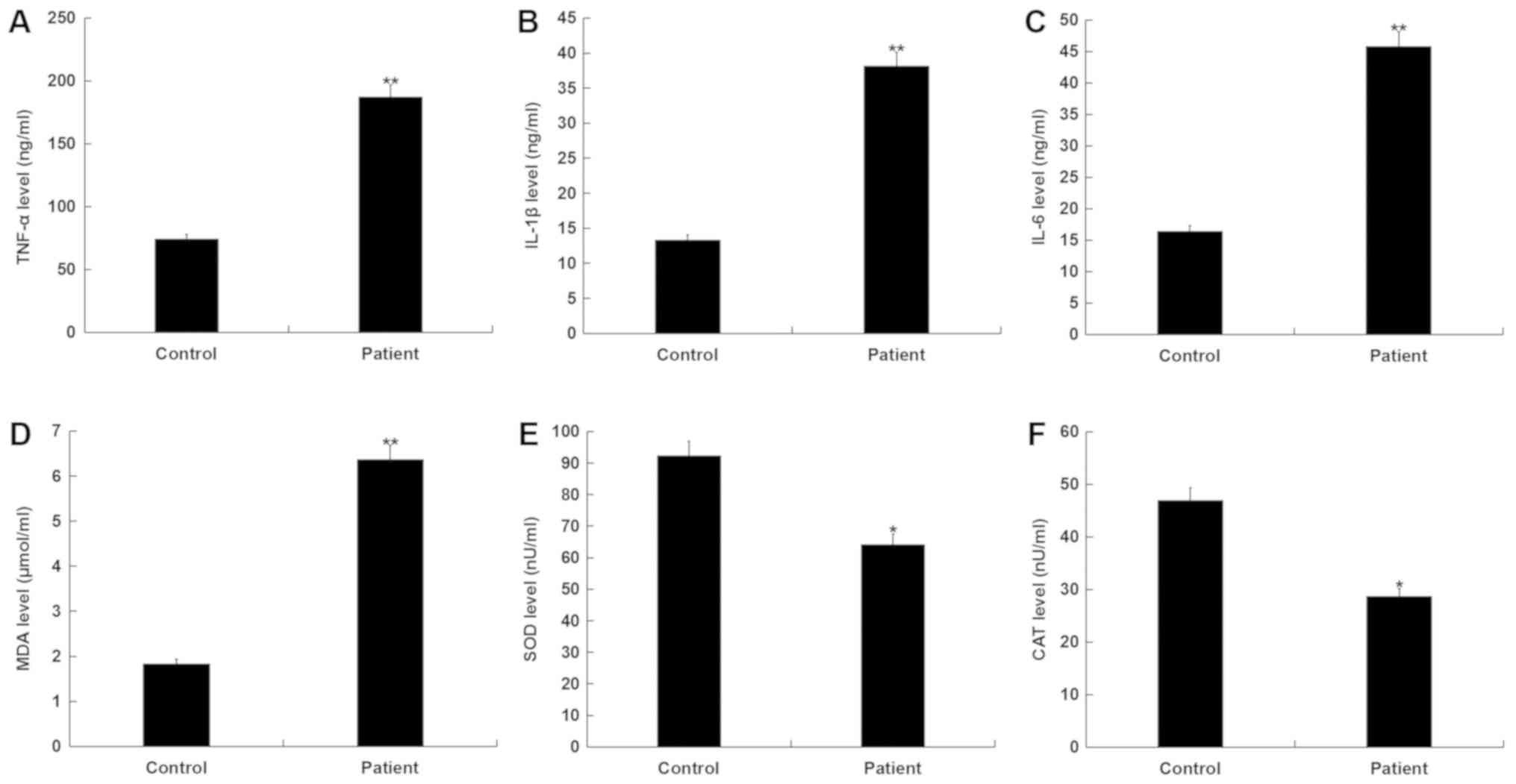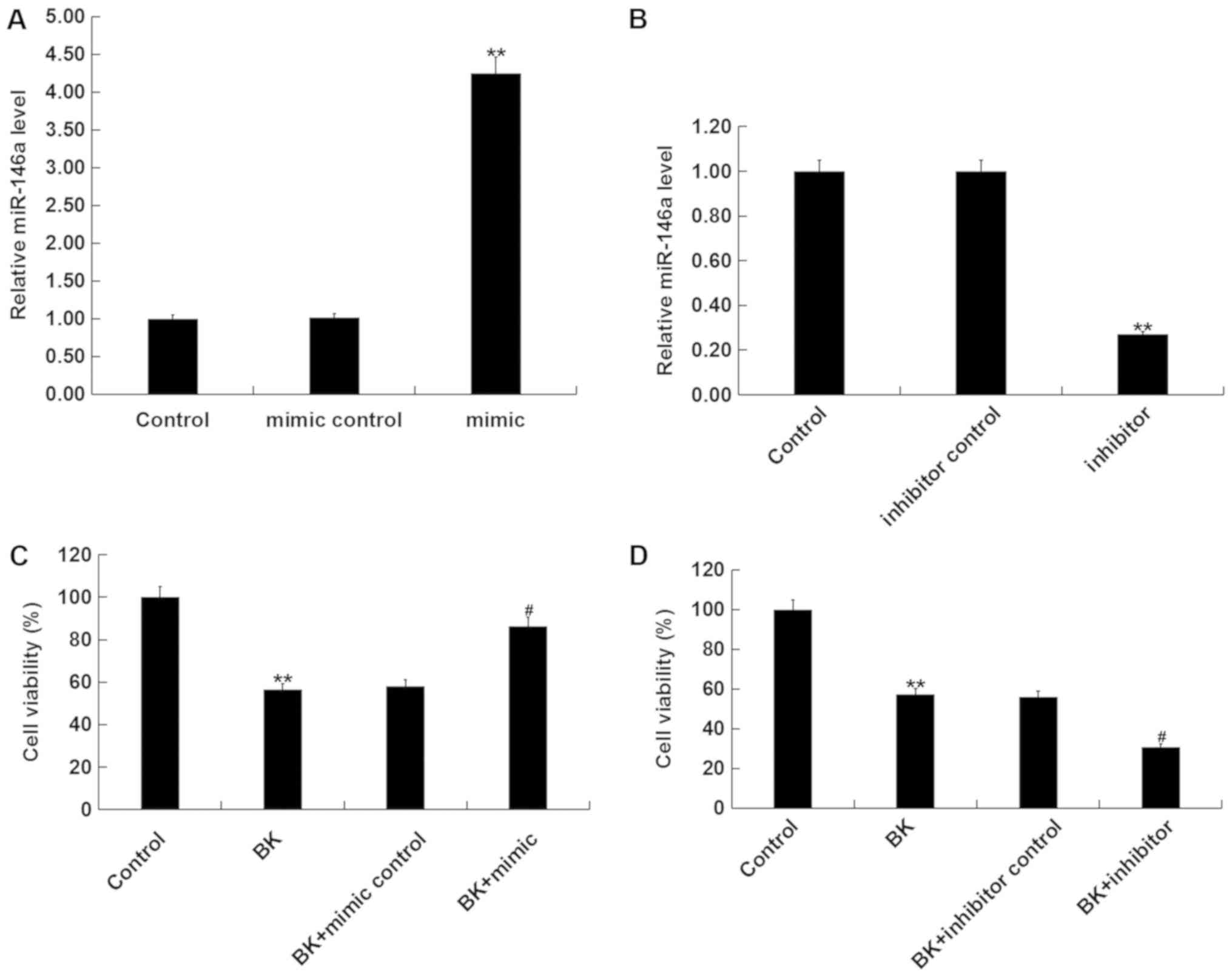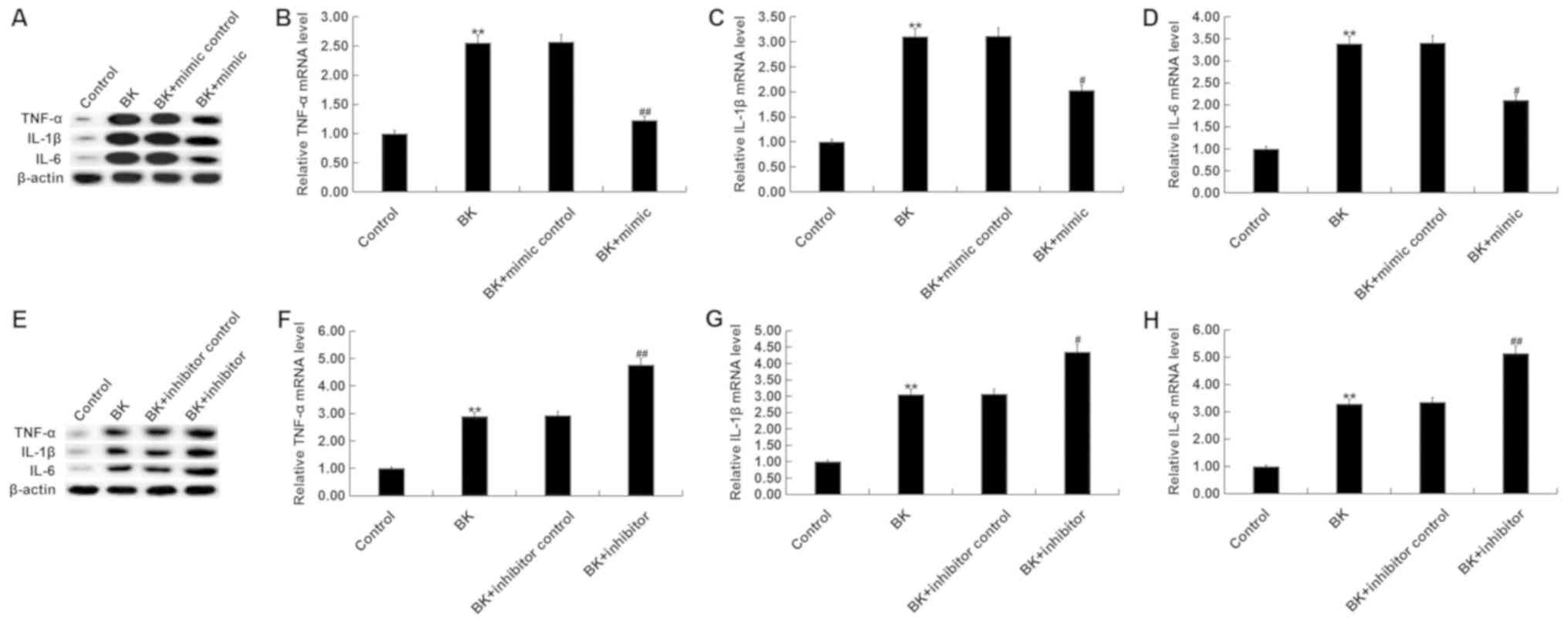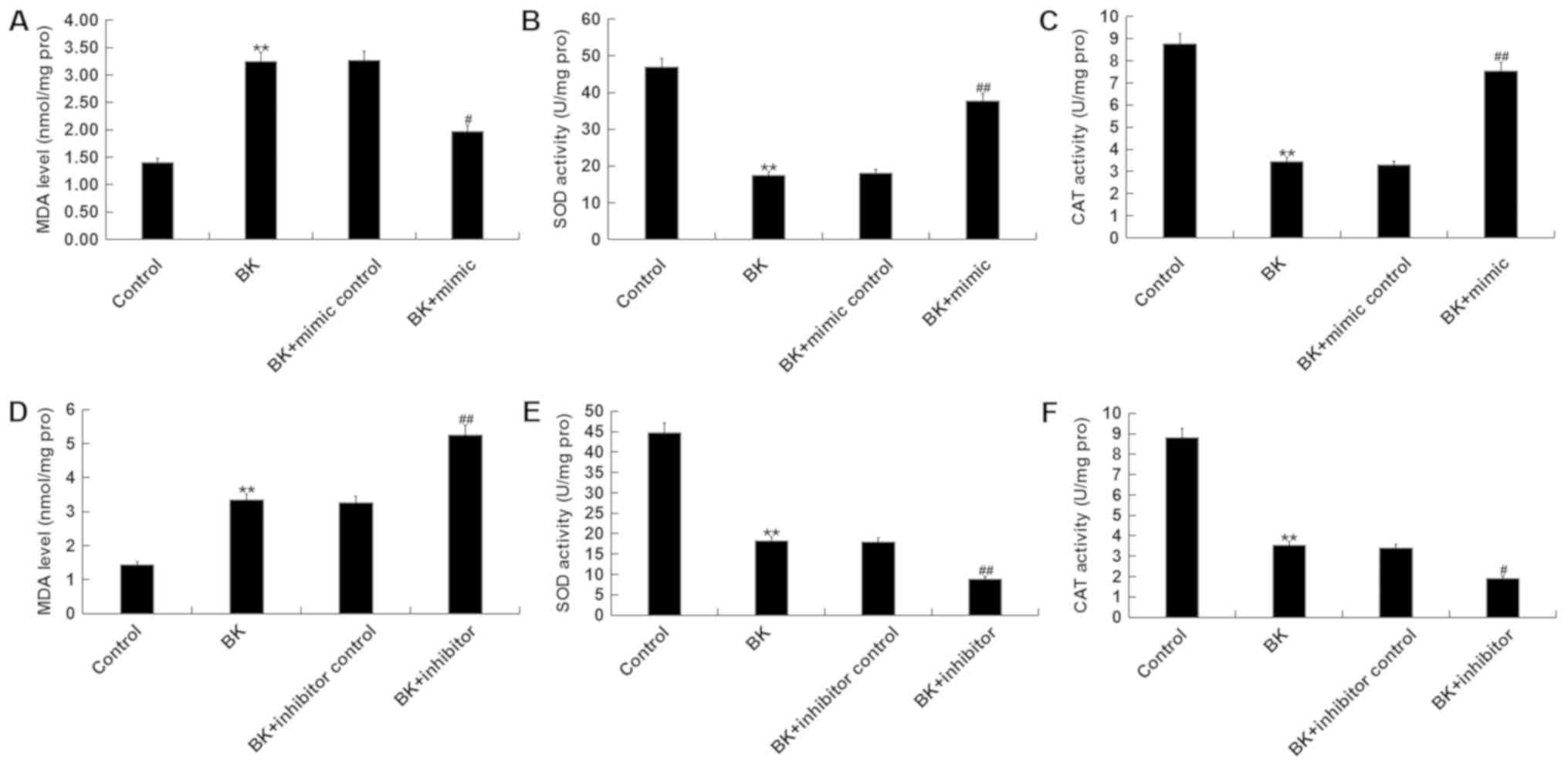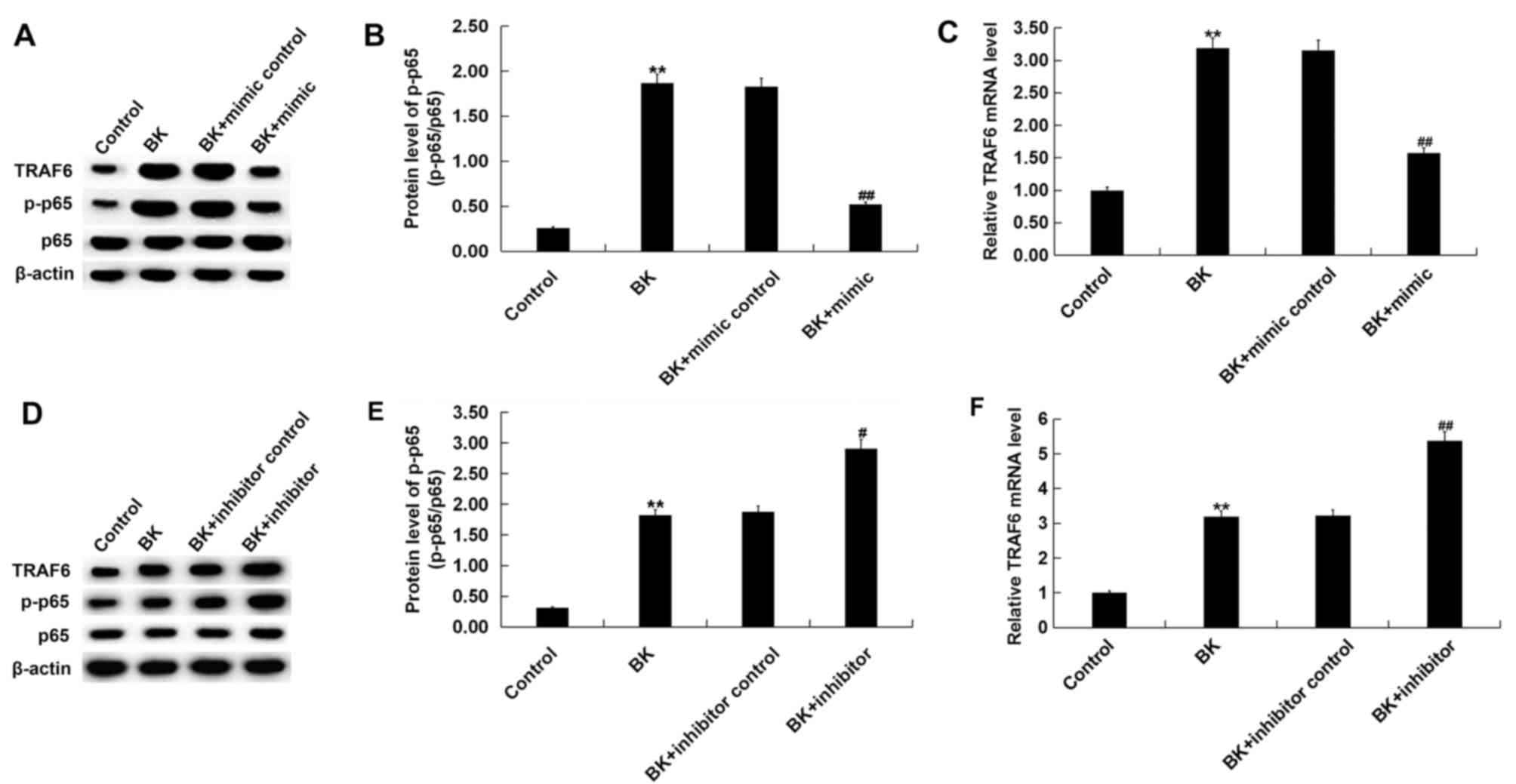|
1
|
Hedström EM, Svensson O, Bergström U and
Michno P: Epidemiology of fractures in children and adolescents.
Acta Orthop. 81:148–153. 2010.PubMed/NCBI View Article : Google Scholar
|
|
2
|
MacIntyre NJ and Dewan N: Epidemiology of
distal radius fractures and factors predicting risk and prognosis.
J Hand Ther. 29:136–145. 2016.PubMed/NCBI View Article : Google Scholar
|
|
3
|
Chevalley T, Bonjour JP, van Rietbergen B,
Rizzoli R and Ferrari S: Fractures in healthy females followed from
childhood to early adulthood are associated with later menarcheal
age and with impaired bone microstructure at peak bone mass. J Clin
Endocrinol Metab. 97:4174–4181. 2012.PubMed/NCBI View Article : Google Scholar
|
|
4
|
He Z, Selvamurugan N, Warshaw J and
Partridge NC: Pulsed electromagnetic fields inhibit human
osteoclast formation and gene expression via osteoblasts. Bone.
106:194–203. 2017.PubMed/NCBI View Article : Google Scholar
|
|
5
|
Huang H, Zhao N, Xu X, Xu Y, Li S, Zhang J
and Yang P: Dose-specific effects of tumor necrosis factor alpha on
osteogenic differentiation of mesenchymal stem cells. Cell Prolif.
44:420–427. 2014.PubMed/NCBI View Article : Google Scholar
|
|
6
|
Sheweita SA and Khoshhal KI: Calcium
metabolism and oxidative stress in bone fractures: Role of
antioxidants. Curr Drug Metab. 8:519–525. 2007.PubMed/NCBI View Article : Google Scholar
|
|
7
|
Hammond SM: An overview of microRNAs. Adv
Drug Deliv Rev. 87:3–14. 2015.PubMed/NCBI View Article : Google Scholar
|
|
8
|
Soifer HS, Rossi JJ and Saetrom P:
MicroRNAs in disease and potential therapeutic applications. Mol
Ther. 15:2070–2079. 2017.PubMed/NCBI View Article : Google Scholar
|
|
9
|
Krol J, Loedige I and Filipowicz W: The
widespread regulation of microRNA biogenesis, function and decay.
Nat Rev Genet. 11:597–610. 2010.PubMed/NCBI View
Article : Google Scholar
|
|
10
|
O'Connell RM, Rao DS, Chaudhuri AA and
Baltimore D: Physiological and pathological roles for microRNAs in
the immune system. Nat Rev Immunol. 10:111–122. 2010.PubMed/NCBI View
Article : Google Scholar
|
|
11
|
Nugent M: MicroRNAs and fracture healing.
Calcif Tissue Int. 101:355–361. 2017.PubMed/NCBI View Article : Google Scholar
|
|
12
|
He B, Zhang ZK, Liu J, He YX, Tang T, Li
J, Guo BS, Lu AP, Zhang BT and Zhang G: Bioinformatics and
microarray analysis of miRNAs in aged female mice model implied new
molecular mechanisms for impaired fracture healing. Int J Mol Sci.
17(E1260)2016.PubMed/NCBI View Article : Google Scholar
|
|
13
|
Waki T, Lee SY, Niikura T, Iwakura T,
Dogaki Y, Okumachi E, Oe K, Kuroda R and Kurosaka M: Profiling
microRNA expression during fracture healing. BMC Musculoskelet
Disord. 17(83)2016.PubMed/NCBI View Article : Google Scholar
|
|
14
|
Tan W, Liao Y, Qiu Y, Liu H, Tan D, Wu T,
Tang M, Zhang S and Wang H: miRNA 146a promotes chemotherapy
resistance in lung cancer cells by targeting DNA damage inducible
transcript 3 (CHOP). Cancer Lett. 428:55–68. 2018.PubMed/NCBI View Article : Google Scholar
|
|
15
|
Li D, Duan M, Feng Y, Geng L, Li X and
Zhang W: MiR-146a modulates macrophage polarization in systemic
juvenile idiopathic arthritis by targeting INHBA. Mol Immunol.
77:205–212. 2016.PubMed/NCBI View Article : Google Scholar
|
|
16
|
Wu ZW, Liu YF, Wang S and Li B: miRNA-146a
induces vascular smooth muscle cell apoptosis in a rat model of
coronary heart disease via NF-κB pathway. Genet Mol Res.
14:18703–18712. 2015.PubMed/NCBI View Article : Google Scholar
|
|
17
|
Zhang B, Wang LL, Ren RJ, Dammer EB, Zhang
YF, Huang Y, Chen SD and Wang G: MicroRNA-146a represses LRP2
translation and leads to cell apoptosis in Alzheimer's disease.
FEBS Lett. 590:2190–2200. 2016.PubMed/NCBI View Article : Google Scholar
|
|
18
|
Lukiw WJ, Cui JG, Yuan LY, Bhattacharjee
PS, Corkern M, Clement C, Kammerman EM, Ball MJ, Zhao Y, Sullivan
PM and Hill JM: Acyclovir or Aβ42 peptides attenuate HSV-1-induced
miRNA-146a levels in human primary brain cells. Neuroreport.
21:922–927. 2010.PubMed/NCBI View Article : Google Scholar
|
|
19
|
Xie Y, Chu A, Feng Y, Chen L, Shao Y, Luo
Q, Deng X, Wu M, Shi X and Chen Y: MicroRNA-146a: A comprehensive
indicator of inflammation and oxidative stress status induced in
the brain of chronic T2DM rats. Front Pharmacol.
9(478)2018.PubMed/NCBI View Article : Google Scholar
|
|
20
|
Liu L, Wan C, Zhang W, Guan L, Tian G,
Zhang F and Ding W: MiR-146a regulates PM1 -induced inflammation
via NF-κB signaling pathway in BEAS-2B cells. Environ Toxicol.
33:743–751. 2018.PubMed/NCBI View Article : Google Scholar
|
|
21
|
Zhou P, Liu H, Wu Y and Chen D: Propofol
promotes ankle fracture healing in children by inhibiting
inflammatory response. Med Sci Monit. 24:4379–4385. 2018.PubMed/NCBI View Article : Google Scholar
|
|
22
|
Lu W, Kang J, Hu K, Tang S, Zhou X, Yu S,
Li Y and Xu L: Angiotensin-(1-7) inhibits inflammation and
oxidative stress to relieve lung injury induced by chronic
intermittent hypoxia in rats. Braz J Med Biol Res.
49(e5431)2016.PubMed/NCBI View Article : Google Scholar
|
|
23
|
Livak KJ and Schmittgen TD: Analysis of
relative gene expression data using real-time quantitative PCR and
the 2(-Delta Delta C(T)) method. Methods. 25:402–408.
2001.PubMed/NCBI View Article : Google Scholar
|
|
24
|
Lv F, Huang YZ, Lv WT, Yang L, Li F, Fan J
and Sun J: MicroRNA-146a ameliorates inflammation via TRAF6/NF-κB
pathway in intervertebral disc cells. Med Sci Monit. 23:659–664.
2017.PubMed/NCBI View Article : Google Scholar
|
|
25
|
Zou L, Zhang G, Liu L, Chen C, Cao X and
Cai J: A MicroRNA-124 polymorphism is associated with fracture
healing via modulating BMP6 expression. Cell Physiol Biochem.
41:2161–2170. 2017.PubMed/NCBI View Article : Google Scholar
|
|
26
|
Yoshizuka M, Nakasa T, Kawanishi Y,
Hachisuka S, Furuta T, Miyaki S, Adachi N and Ochi M: Inhibition of
microRNA-222 expression accelerates bone healing with enhancement
of osteogenesis, chondrogenesis, and angiogenesis in a rat
refractory fracture model. J Orthop Sci. 21:852–858.
2016.PubMed/NCBI View Article : Google Scholar
|
|
27
|
Lee WY, Li N, Lin S, Wang B, Lan HY and Li
G: miRNA-29b improves bone healing in mouse fracture model. Mol
Cell Endocrinol. 430:97–107. 2016.PubMed/NCBI View Article : Google Scholar
|
|
28
|
Sun Y, Xu L, Huang S, Hou Y, Liu Y, Chan
KM, Pan XH and Li G: mir-21 overexpressing mesenchymal stem cells
accelerate fracture healing in a rat closed femur fracture model.
Biomed Res Int. 2015(412327)2015.PubMed/NCBI View Article : Google Scholar
|
|
29
|
Murata K, Ito H, Yoshitomi H, Yamamoto K,
Fukuda A, Yoshikawa J, Furu M, Ishikawa M, Shibuya H and Matsuda S:
Inhibition of miR-92a enhances fracture healing via promoting
angiogenesis in a model of stabilized fracture in young mice. J
Bone Miner Res. 29:316–326. 2014.PubMed/NCBI View Article : Google Scholar
|
|
30
|
He X, Zheng Y, Liu S, Shi S, Liu Y, He Y,
Zhang C and Zhou X: MiR-146a protects small intestine against
ischemia/reperfusion injury by down-regulating TLR4/TRAF6/NF-κB
pathway. J Cell Physiol. 233:2476–2488. 2018.PubMed/NCBI View Article : Google Scholar
|
|
31
|
Zhong JH, Li J, Liu CF, Liu N, Bian RX,
Zhao SM, Yan SY and Zhang YB: Effects of microRNA-146a on the
proliferation and apoptosis of human osteoarthritis chondrocytes by
targeting TRAF6 through the NF-κB signalling pathway. Biosci Rep.
37(BSR20160578)2017.PubMed/NCBI View Article : Google Scholar
|















